About this WINE

Champagne Lancelot-Pienne
Cramant is one of the most celebrated Grand Cru villages in Champagne's Cote des Blancs, the style of its wines tending towards elegance and finesse in pleasing counterpoint to more steely examples further south. Our dealings with the reputable houses of Bonnaire and Guy Larmandier have underlined both the popularity of the wines, which make for a perfect aperitif, and their outstanding value, the former perhaps as a result of the latter. When the eminent Champagne historian Michel Edwards suggested that we have a look at another Domaine, we were delighted so to do and feel that this grower, Lancelot-Pienne is a more than worthy addition to the portfolio.
Representing the fourth generation, Gilles Lancelot is a trained oenologist, who farms a fairly modest eight hectares, half of which are in Cramant itself, the other half in the Vallée de la Marne, the latter an excellent source for Pinot Meunier, which pays a key role in the Cuvée Tradition.
The house philosophy, apart from the somewhat inevitable borrowing from Arthurian legend in the naming of its wines, favours relatively late picking, low dosage and several interesting innovations, such as the use of a Solera in one or two of its senior wines. Whilst, somewhat unsurprisingly, there is a focus on Grand Cru and high quality Chardonnay in the range, Pinot Noir is far from forgotten, making up half the blend in the Cuvée Perceval, which underlines both the skill and the versatility of this exemplary house.
Simon Field MW, Champagne Buyer

Brut Champagne
Brut denotes a dry style of Champagne (less than 15 grams per litre). Most Champagne is non-vintage, produced from a blend from different years. The non-vintage blend is always based predominately on wines made from the current harvest, enriched with aged wines (their proportion and age varies by brand) from earlier harvests, which impart an additional level of complexity to the end wine. Champagnes from a single vintage are labelled with the year reference and with the description Millésimé.
Non-vintage Champagnes can improve with short-term ageing (typically two to three years), while vintages can develop over much longer periods (five to 30 years). The most exquisite and often top-priced expression of a house’s style is referred to as Prestige Cuvée. Famous examples include Louis Roederer's Cristal, Moët & Chandon's Dom Pérignon, and Pol Roger's Cuvée Sir Winston Churchill.
Recommended Producers : Krug, Billecart Salmon, Pol Roger, Bollinger, Salon, Gosset, Pierre Péters, Ruinart

Champagne blend
Which grapes are included in the blend, and their proportion, is one of the key factors determining the style of most Champagnes. Three grapes are used - Pinot Noir, Chardonnay and Pinot Meunier.
26% of vineyards in Champagne are planted with Chardonnay and it performs best on the Côtes des Blancs and on the chalk slopes south of Epernay. It is relatively simple to grow, although it buds early and thus is susceptible to spring frosts. It produces lighter, fresher wines than those from Burgundy and gives finesse, fruit and elegance to the final blend. It is the sole grape in Blancs de Blancs, which are some of the richest long-lived Champagnes produced.
Pinot Noir accounts for nearly 40% of the plantings in Champagne and lies at the heart of most blends - it gives Champagne its body, structure, strength and grip. It is planted across Champagne and particularly so in the southern Aube district.
The final component is Pinot Meunier and this constitutes nearly 35% of the plantings. Its durability and resistance to spring frosts make the Marne Valley, a notorious frost pocket, its natural home. It ripens well in poor years and produces a soft, fruity style of wine that is ideal for blending with the more assertive flavours of Pinot Noir. Producers allege that Pinot Meunier lacks ageing potential, but this does not deter Krug from including around 15% of it in their final blends.



Buying options
Add to wishlist
Description
This fascinating cuvée is currently dominated by the excellent 2008 ( base) vintage, with its reserve wines matured in a solera. Its low dosage and high concentration is signalled by a green apple character, a flinty backdrop and a subtle rather intriguing finish which combines notes of iodine, oatmeal and honey. A legend.
Simon Field MW, Champagne Buyer
wine at a glance
Delivery and quality guarantee